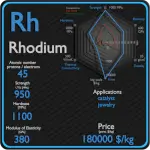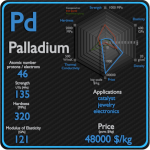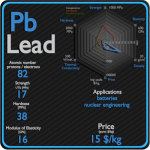This article contains comparison of key thermal and atomic properties of silver and gold, two comparable chemical elements from the periodic table. It also contains basic descriptions and applications of both elements. Silver vs Gold.
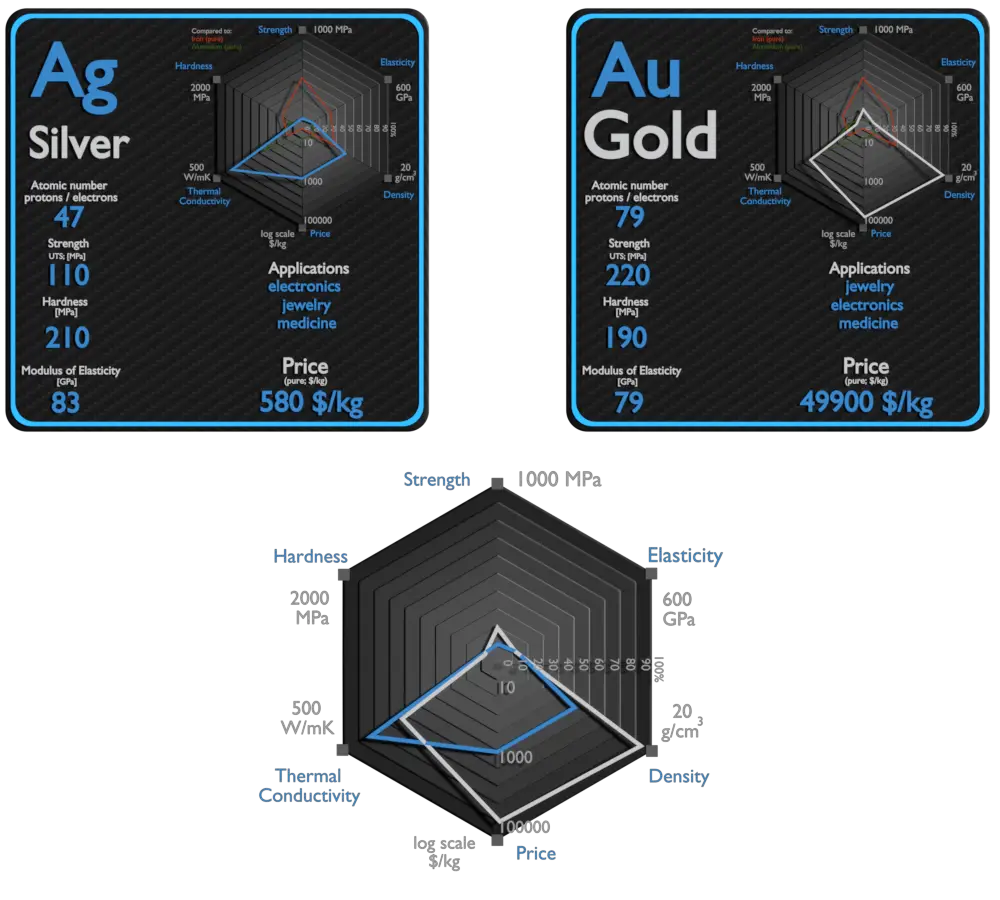
Silver and Gold – About Elements
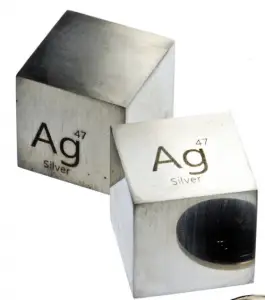
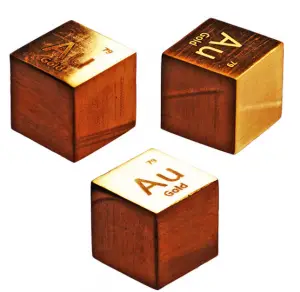
Source: www.luciteria.com
Silver and Gold – Applications
Silver
Silver has long been valued as a precious metal. Silver metal is used in many bullion coins, sometimes alongside gold. Silver has many important, far-reaching technological and electronic applications. It’s used in everything from cell phones, computers and semiconductors to automobiles, water-purification systems and—because it is the best conductor of heat of all elements—spacecraft solar radiation tiles. Silver is of the upmost importance in photography (where approximately 30% of the U.S. Industrial consumption goes into this application). The medical uses of silver include its use in wound dressings, creams, and as an antibiotic coating on medical devices. Wound dressings containing silver sulfadiazine or silver nanomaterials may be used on external infections.
Gold
Gold is used extensively in jewellery, either in its pure form or as an alloy. About 75% of all gold produced is used in the jewelry industry. Pure gold is too soft to stand up to the stresses applied to many jewelry items. Craftsmen learned that alloying gold with other metals such as copper, silver, and platinum would increase its durability. The term ‘carat’ indicates the amount of gold present in an alloy. 24-carat is pure gold, but it is very soft. 18- and 9-carat gold alloys are commonly used because they are more durable. Gold’s high malleability, ductility, resistance to corrosion and most other chemical reactions, and conductivity of electricity have led to its continued use in corrosion resistant electrical connectors in all types of computerized devices (its chief industrial use). Gold is also used in infrared shielding, colored-glass production, gold leafing, and tooth restoration. Only 10% of the world consumption of new gold produced goes to industry, but by far the most important industrial use for new gold is in fabrication of corrosion-free electrical connectors in computers and other electrical devices.
Silver and Gold – Comparison in Table
| Element | Silver | Gold |
| Density | 10.49 g/cm3 | 19.3 g/cm3 |
| Ultimate Tensile Strength | 110 MPa | 220 MPa |
| Yield Strength | 45 MPa | 205 MPa |
| Young’s Modulus of Elasticity | 83 GPa | 79 GPa |
| Mohs Scale | 3.25 | 2.75 |
| Brinell Hardness | 210 MPa | 190 MPa |
| Vickers Hardness | 251 MPa | 215 MPa |
| Melting Point | 961.78 °C | 1064 °C |
| Boiling Point | 2162 °C | 2970 °C |
| Thermal Conductivity | 430 W/mK | 320 W/mK |
| Thermal Expansion Coefficient | 18.9 µm/mK | 14.2 µm/mK |
| Specific Heat | 0.235 J/g K | 0.128 J/g K |
| Heat of Fusion | 11.3 kJ/mol | 12.55 kJ/mol |
| Heat of Vaporization | 250.58 kJ/mol | 334.4 kJ/mol |




